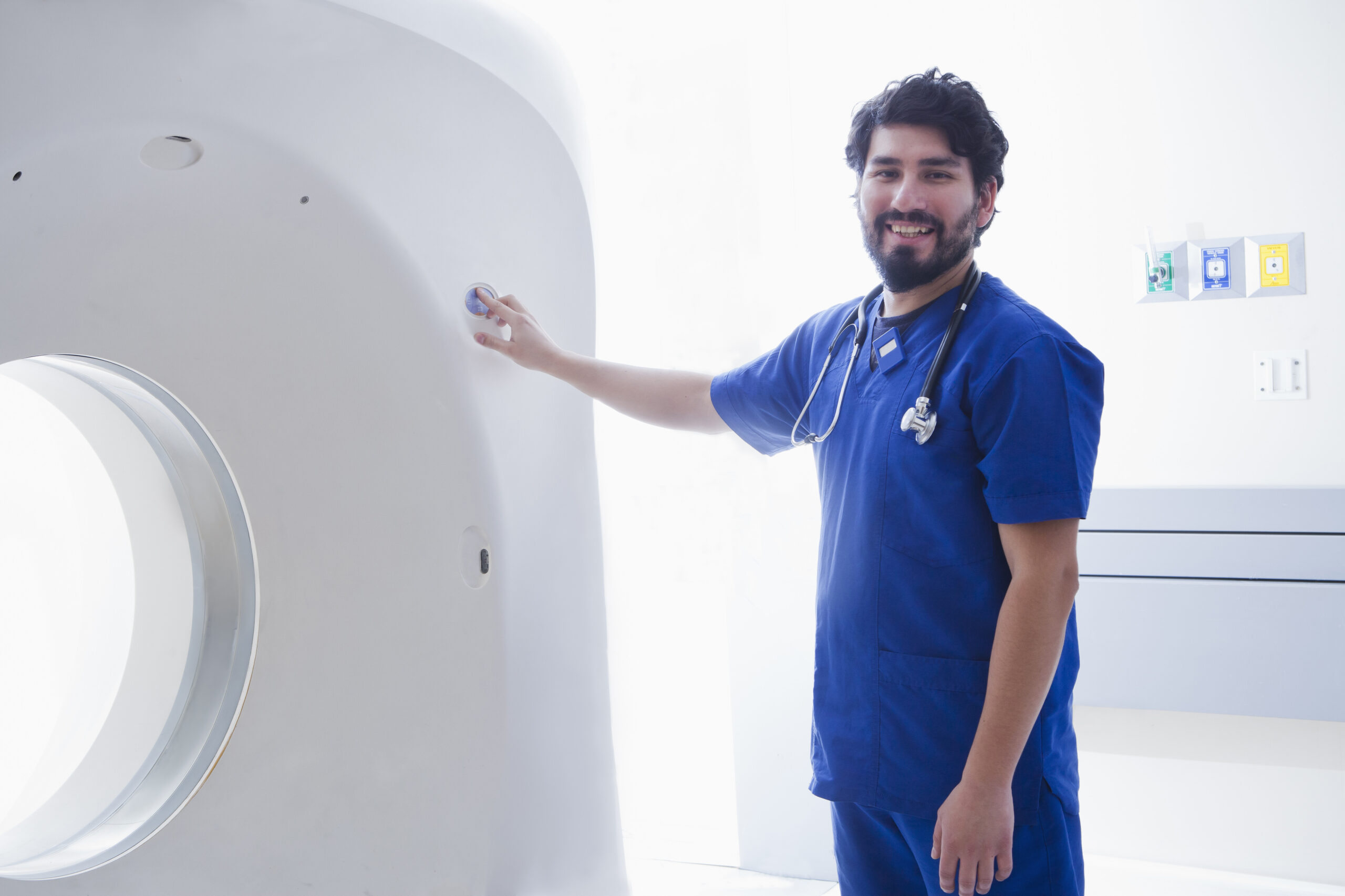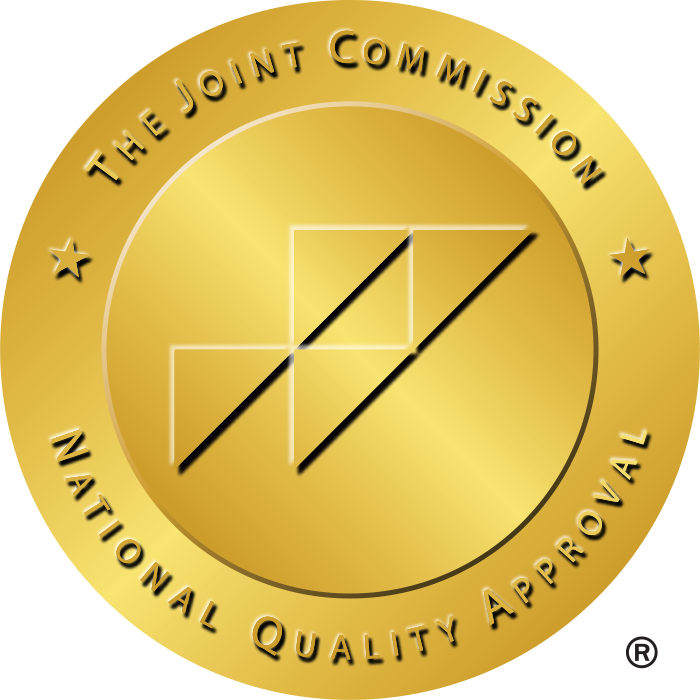The healthcare industry is booming. As per the U.S. Bureau of Labor Statistics (BLS), healthcare opportunities are expected to grow by 13% from 2021 to 2031, adding almost 2 million new jobs. Growth is even more staggering for specialized roles like nurse practitioners — 46% for the same timeframe.
But opportunity comes with competition. Hospitals, clinics, and private practices receive applications by the truckload, so it’s imperative that healthcare professionals create resumes that stand out from the crowd.
A great resume is not just a list of jobs and degrees — it’s a strategic document that tells your professional story, aligns with employer needs, and highlights your unique value. Whether you’re a nurse, physician, therapist, or administrator, here’s how to create a résumé that makes you a top candidate.
1. What Top Employers Are Looking For in a Healthcare Resume
Employers in the health care field look for candidates who combine technical knowledge with soft skills. They want evidence of clinical competence, board certifications, and familiarity with healthcare systems (like EHR platforms), but they are also looking for empathy, teamwork, and flexibility.
For instance, a busy urban hospital hiring manager isn’t only looking for an RN with ICU experience—they want a person who shines under pressure, is an effective communicator with diverse teams, and acts as a patient safety advocate.
To distinguish yourself, research your potential employer’s mission and values. Or nonprofits may lead with a focus on serving their community, while research hospitals may talk about being on the cutting edge.
Customize your resume to highlight these priorities. And if you’re going for a job in pediatric care, showcase that you’ve volunteered with children or have advanced life support (PALS) certification in pediatrics.
2. Craft a Compelling Professional Summary
Your professional summary is your resume elevator pitch at the top of your resume. It should state what you are qualified in, what your specializations are, and what makes you unique in 3–4 lines. Steer clear of clichés such as “hardworking team player.” Instead, emphasize measurable accomplishments or niche skills.
Example:
“Compassionate Family Nurse Practitioner with over 8 years of experience in primary care, with particular emphasis in chronic disease management and telehealth. Developed patient education initiatives that resulted in an 18% reduction in hospital readmission rates at XYZ Clinic. “Passionate about increasing access to care in underserved communities.”
This summary accomplishes that because it is evidence-based, focused on outcomes, and addresses higher-level healthcare goals (e.g., reducing hospital readmissions, eliminating health disparities).
3. Highlight Relevant Skills and Certifications
In medicine, credentials are not just titles — they prove your hard work and dedication to patient care.
List certifications (RN, BLS, ACLS, CNA), state licenses, and technical proficiencies (Epic, Cerner, CPOE) just beneath your name and contact information at the top of your resume. But just naming them isn’t enough. Desirable employers are interested in how these skills lead to results.
For instance, where you might have “ACLS-certified”, write:
“ACLS certified with specialized training in emergency response protocols to facilitate rapid stabilization of critical patients in high-pressure ER environments.”
It shows you didn’t just meet standards, but were able to apply skills in real-world situations.
Technical skills should also demonstrate efficiency. Instead of saying “Proficient in Epic EHR,” explain how you’ve used that tool:
“Optimized patient documentation workflows through Epic EHR, decreasing average charting duration by 25% and facilitating interdisciplinary communication.”
Soft skills matter just as much. Words and expressions such as “patient advocacy” or “cultural competency” indicate emotional intelligence and flexibility.
For instance:
“Partnered with multilingual interpreters to provide culturally appropriate care, increasing patient trust and satisfaction scores by 20% in a diverse urban clinic.”
This helps you establish yourself as a results-oriented professional rather than a list of skills and certifications.
4. Optimize for Applicant Tracking Systems (ATS)
Over 90% of large employers use ATS to screen resumes. These systems scan for keywords from the job description, so they mirror the language used in the posting.
Begin with deconstructing the job description. If the job describes “experience with HIPAA compliance,” do not replace that with “privacy regulations.” You must mirror the keywords; however, refrain from robotic repetition.
Use the terms organically in your professional summary, skills, and experience sections. For example:
“Managed patient records in compliance with HIPAA guidelines, ensuring 100% audit success over three years while coordinating with legal and IT teams to update data security protocols.”
This sentence uses the “HIPAA” keyword and shows your strong willingness towards compliance.
Don’t pack your resume with jargon. Instead, focus on relevance. If a job listing mentions “telehealth experience,” mention specific platforms you have used (Doxy.me, Zoom for Healthcare) and track your impact:
“Completed 200+ virtual patient consultations on Doxy.me through the pandemic, with a 95% patient satisfaction rate.”
5. Detail Professional Experience with Impact
Employers not only want to see what you did, they want to see how you moved the needle. Stick to the CAR framework (Challenge-Action-Result) when writing your bullet points.
For example:
- Challenge: In a rural clinic, delayed lab result processing due to chronic understaffing.
- Action: Facilitated staff cross-training for nursing staff to complete basic lab procedures
- Result: Reduced result turnaround time by 40%, enabling faster treatment decisions and boosting clinic efficiency.
Avoid exaggeration and quantify your results where you can. Numbers create credibility:
- “Vaccinated over 50 patients per day during COVID-19 surges, resulting in a 15% increase in community vaccination rate.”
- “On-boarded 15 new employees on EHR best practices, decreasing onboarding process by two weeks.”
Emphasize outcomes that matter to employers — customers, after all: cost savings, patient satisfaction, or operational efficiency.
6. Emphasize Education and Continuous Learning
Although a BSN or MSN can serve as a foundation, the fast pace of change in healthcare calls for lifelong learning. Highlight certifications, workshops, or conferences that keep your skills current. For instance:
Completed a 12-week course on Healthcare Informatics in Coursera with data analysis skills to improve tickets in the outpatient.
If you’ve pursued advanced education, tie it to practical applications:
Master of Public Health (MPH), University of ABC | 2022
- Coursework: Health Policy, Epidemiology
- Capstone Project: Developed community diabetes prevention program, adopted by the local health department, serving 500+ at-risk individuals in first year.” *
It shows you’re not simply educated — you’re a force for change.
7. Prioritize Clean Formatting and Design
A resume filled with overloaded text or flashy graphics is likely to turn off ATS and human readers alike. Stick to a neat, straightforward font like Arial or Calibri, and make sure your headings and margins are consistent.
Keep it to one page for under 10 years of experience; two pages are fine for senior roles with a lot of accomplishments. Steer clear of tables, images, or laid out fonts — ATS systems often misread these. Use only bold or italic to embellish job titles or certifications. For example:
(15) Registered Nurse (RN) | City Hospital | 2019–Present
White space is your ally. Use a discussion layout for brevity, headers, legible text, and bullet points (Fuse Top 3–4 a-role types only) and readability.
Your Resume Is Your First Impression
In healthcare, attention to detail saves lives—and the same applies to your resume. By focusing on employer needs, quantifying achievements, and presenting a polished narrative, you’ll create a document that resonates with hiring managers.
Whether your preference is for locum tenens, travel nursing, or permanent positions, StaffDNA attracts the best employers across the country to you.
With these strategies, you’re not just meeting today’s healthcare employers’ demands — you’re exceeding them. Be dynamic, be organized, and let your CV speak to the talented professional you are.
With these strategies, you’re not just meeting today’s healthcare employers’ demands — you’re exceeding them. Be dynamic, be organized, and let your CV speak to the talented professional you are.







